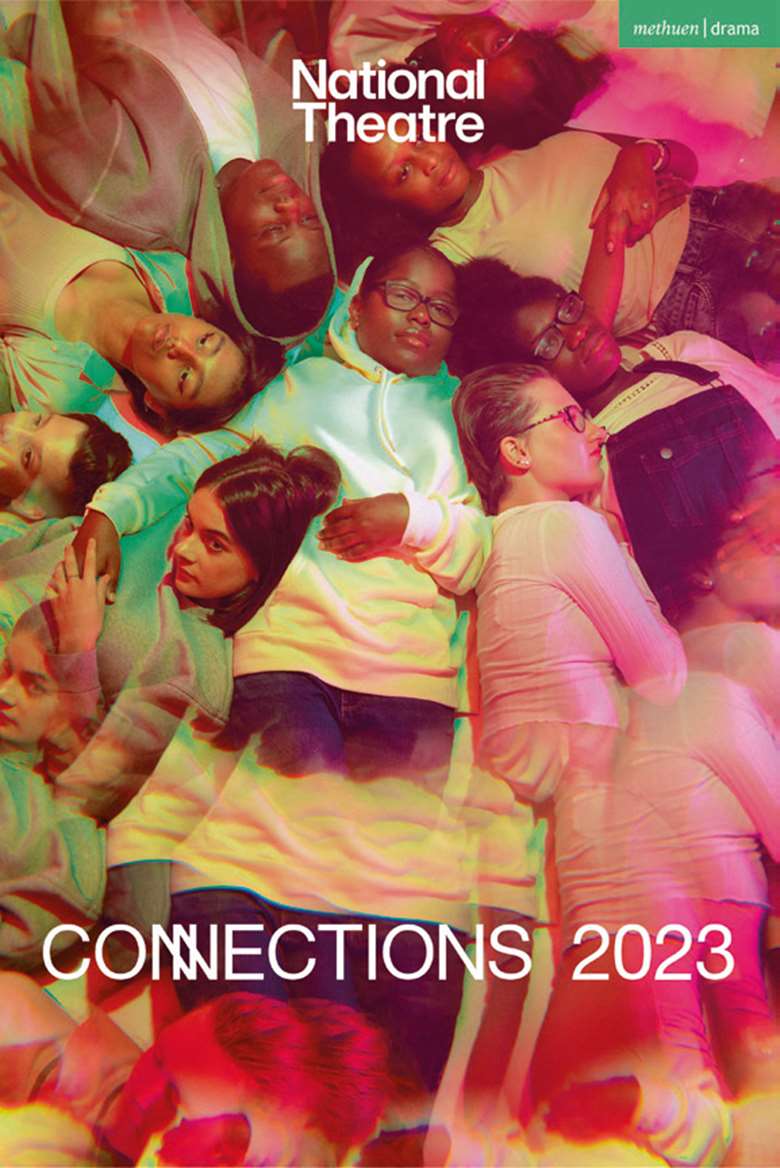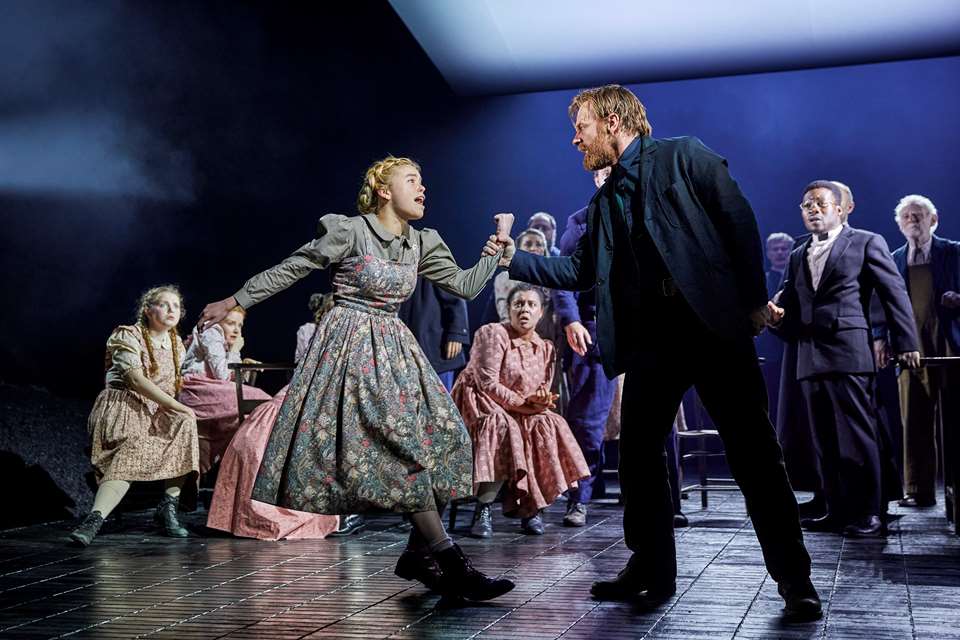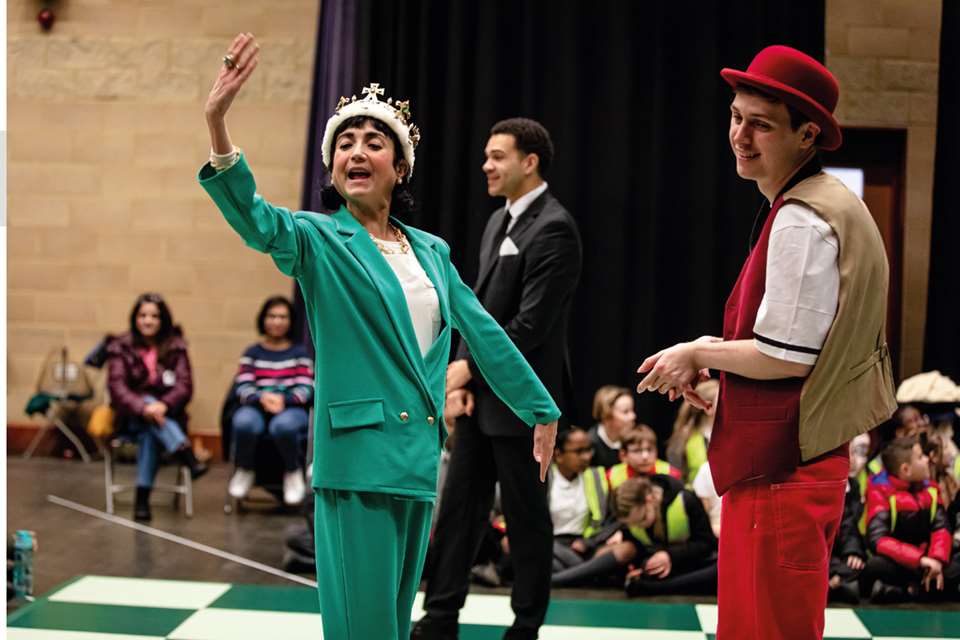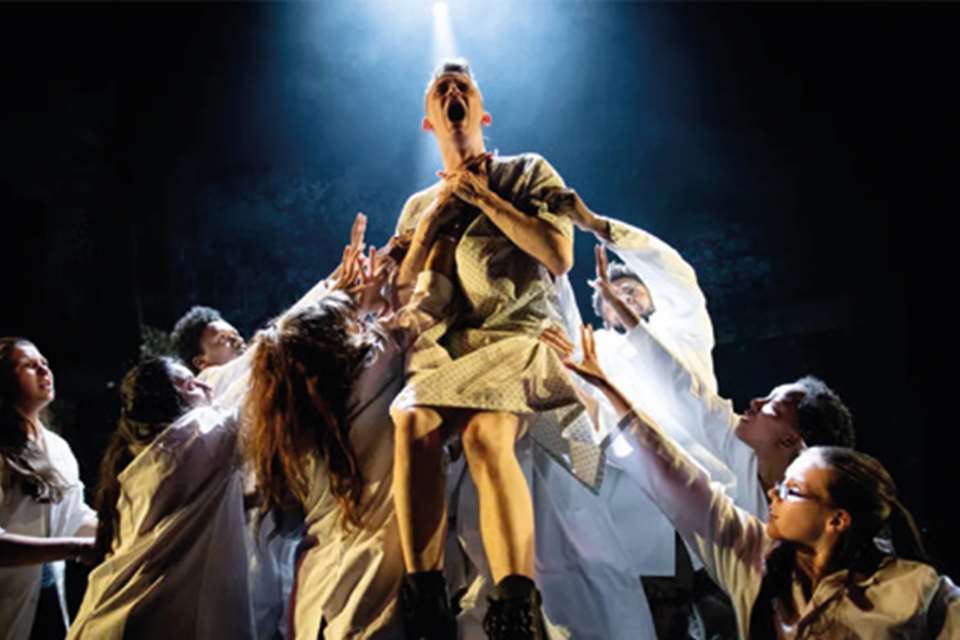Review: NT Connections 10 plays for Young Performers
Eleanor Pead
Friday, September 1, 2023
Reviewer Eleanor Pead describes this playtext as 'a selection of new plays for young people with some juicy character arcs.'

National Theatre Connections festival is a wonderful celebration of new writing and youth theatre. Given the nature of the project, the plays lend themselves well to educators seeking work for performance and exploration.
This edition includes eight new plays and two from previous collections. The cast sizes range from seven to 50, with a wide range of diversity and adaptability within the characters. Locations and accents are proposed with flexibility in all but one of the plays: Samphire. This piece, described by its dramaturg as a ‘double espresso of a play’, presents the most challenges of all those in the folio, but is a good option for an older or more advanced group.
The plays’ themes are generally relevant to the young people intended to perform them, raising issues of climate change, toxic masculinity, internal politics and even gang culture. Most contain interesting relationship dynamics or internal emotions to explore, with Old Times, The Heights and Strangers Like Me offering some particularly juicy character arcs.
Is This Good Enough? features 30 named characters, useful for larger cohorts or for those looking to challenge students with multi-role work. Others like Is My Microphone On assign no lines to specific roles, lending themselves to ensemble pieces and student-led character choices and devising practice. There are pieces with musical elements, diverse monologues for students applying to drama schools, opportunities for physical storytelling and even one – Tuesday – that would make a fun, lighthearted end-of-termterm show.
The workshop notes from the writers and directors of each piece contain information on the author's inspiration, highlight key plot points and themes, offer suggestions for set and prop design and even contain acting and character exercises that could be useful within the rehearsal room. It is a smorgasbord of resources for anyone making lesson plans.
Whether you are looking to stage a full production, explore different styles of text and performance in a lesson or find some starting points for textual analysis and discussion, this folio has a resource that could prove useful. Not all of it may be perfect, but I would advise educators to take heed of Ed Jillings’ note: ‘Take what works, leave the rest.’







